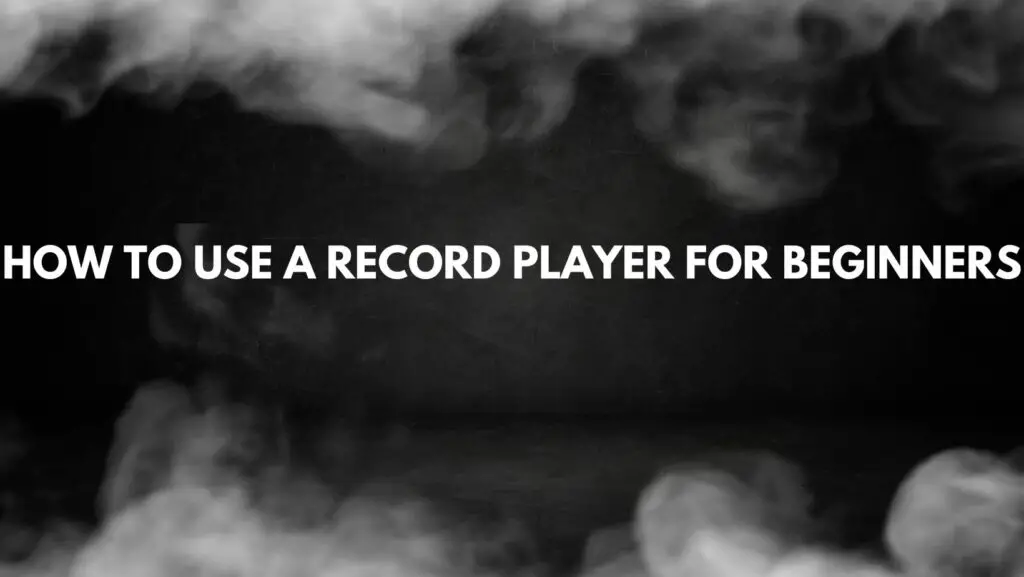As vinyl records make a triumphant comeback in the realm of music, many newcomers find themselves drawn to the allure of analog sound. If you’re stepping into the world of record players for the first time, fear not – this guide is here to demystify the process and help you embark on a journey of rediscovering music in its most authentic form. Let’s explore the fundamental steps and tips to use a record player effectively.
- Understanding the Components: Familiarize yourself with the basic components of a record player. This includes the turntable, tonearm, stylus (or needle), platter, and the various controls. Each part plays a crucial role in delivering the enchanting sounds locked within your vinyl records.
- Setting Up Your Record Player: Ensure your turntable is on a stable surface, free from vibrations. Connect the turntable to your amplifier or speakers using the provided cables. Most record players also require a power source, so make sure it’s plugged in.
- Choosing the Right Vinyl: Gently remove your chosen record from its sleeve, holding it by the edges to avoid fingerprints. Check for any dust or debris on the surface before placing it on the turntable.
- Adjusting the Tracking Force: Set the tracking force according to the manufacturer’s recommendations. This is the amount of pressure applied by the stylus on the record. A balance between too much and too little tracking force is crucial for optimal playback and to prevent unnecessary wear on your records.
- Lifting and Lowering the Tonearm: Gently lift the tonearm and position it over the desired track on the record. Use the cueing lever (if your turntable has one) to lower the tonearm slowly onto the vinyl. This helps prevent scratches and ensures a smooth transition.
- Understanding Playback Speeds: Vinyl records typically come in two standard speeds: 33 1/3 revolutions per minute (RPM) for LPs and 45 RPM for singles. Make sure your turntable is set to the correct speed based on the record you’re playing.
- Engaging and Disengaging the Auto-Stop Feature: Some record players come with an auto-stop feature that lifts the tonearm at the end of the record. Familiarize yourself with this feature and choose whether to use it based on personal preference.
- Maintaining Your Records and Equipment: Keep your records and stylus clean to ensure optimal playback quality. Invest in a record brush and stylus brush for regular maintenance. Store your records in protective sleeves and keep your record player covered when not in use.
Conclusion:
As you embark on your vinyl journey, remember that using a record player is an art that blends technology with a touch of nostalgia. With these fundamental steps in mind, you’ll soon find yourself immersed in the captivating world of analog sound, appreciating the unique experience that vinyl records offer to both new and seasoned music enthusiasts. Happy spinning!


